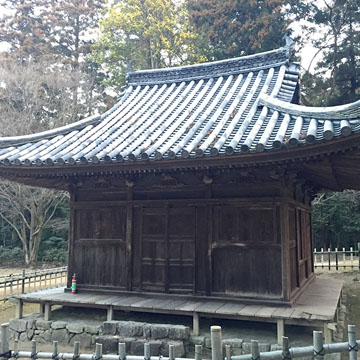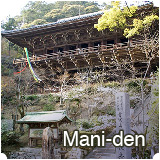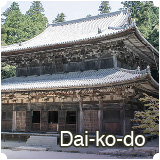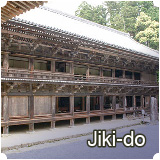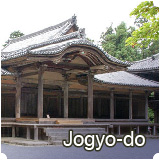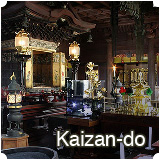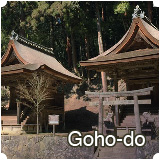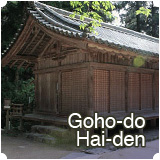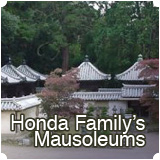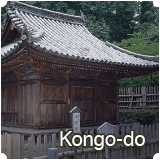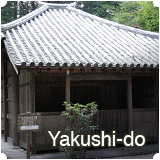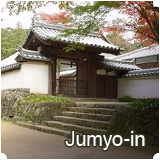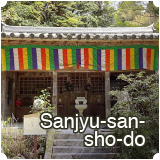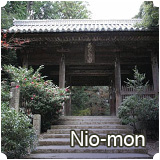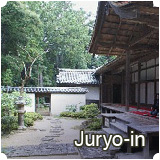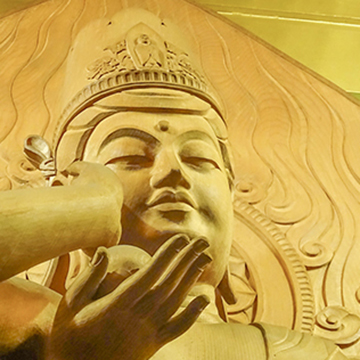The Layout of Temple Buildings
Kongo-do / 金剛堂
Constructed in 1544 (Tembun 13th yr) of the Muromachi period (1336-1573), Kongo-do is a small hall of 5.4 m on each side.
Kongo-do is said to be the private Buddha statue hall of Fugen-in, the sub-temple of Engyoji Temple.
It was here that Shoku lived and also where it is said he met Kongo-Satta (Vajrasattva) who taught him a secret technique to communicate with the Buddha.
Inside the hall, Zushi (a miniature temple) is placed on Butsudan (Buddhist altar), and Tennyo (a celestial Buddhist nymph) is painted on the ceiling.
The roof was originally thatched, and the ceiling inside used to be Kogumi-go-tenjo (a ceiling decorated with lattice patterns made of thin wood chips without nails) as well as Miroku Temple.
The ridges are covered with Shachi-gawara (a roof tile in the shape of Shachihoko; a mythical ocean beast with a fish body and a tiger’s head and spines on the back). These seen here are said to be the oldest of this design.
In 1958 (Showa 33rd yr), this hall was fully repaired.
a National Important Cultural Property
Kongo-Satta / 金剛薩埵
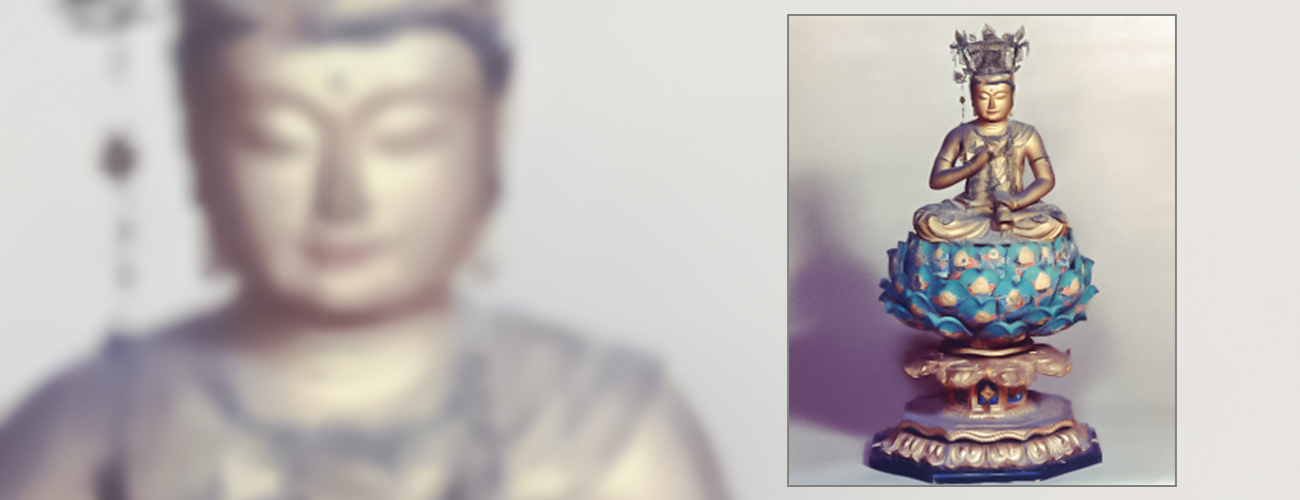
TBA...
